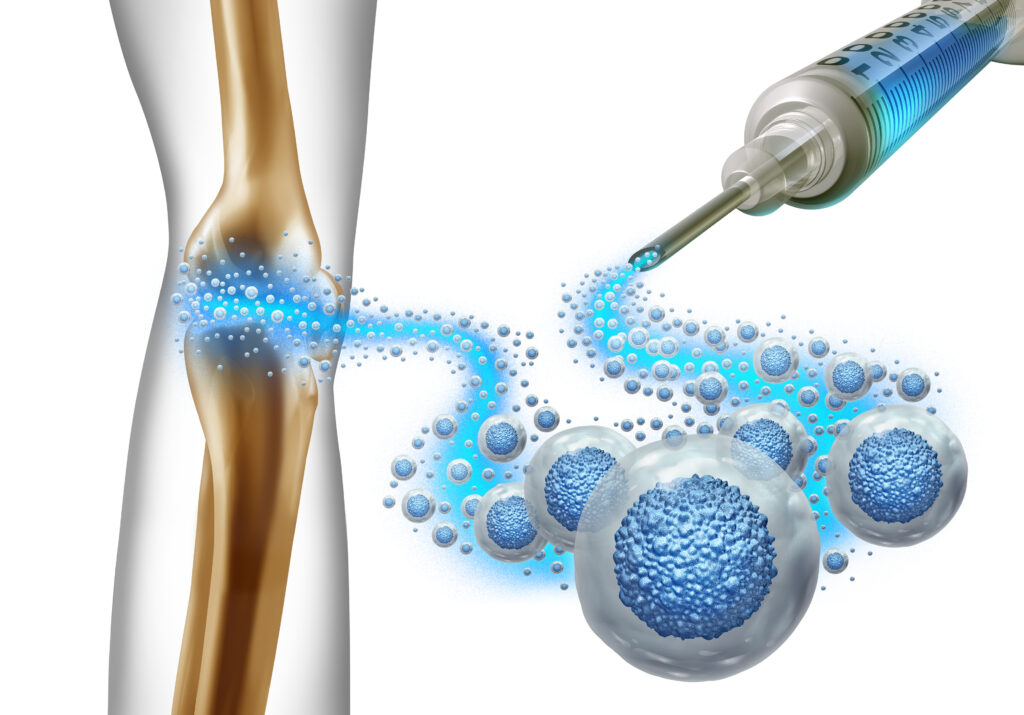Osteoarthritis (OA) is a major global health issue, and the absence of a known disease-modifying agent makes it crucial to explore innovative therapeutic strategies. A promising area of research involves the infrapatellar fat pad (IFP), which serves as a reservoir for mesenchymal stem/stromal cells (MSC) and plays a significant role in the inflammatory processes of joint diseases. Given the immunomodulatory and regenerative properties of IFP-MSC, they have gained attention as potential therapeutic agents for OA. However, to enhance their therapeutic efficacy, it is essential to understand how different growth media and inflammatory/hormonal priming impact their behavior.
In a recent study conducted by Mahammad Gardashli, Max Baron, Philip Drohat, Daniel Quintero, Lee D Kaplan, Angela Szeto, Armando J Mendez, Thomas M Best, and Dimitrios Kouroupis, researchers isolated and expanded IFP-MSC using three different growth media: DMEM + 10% fetal bovine serum (FBS), DMEM + 10% human platelet lysate (HPL), and xeno-/serum-free synthetic (XFSF) medium. Following this, the cells were induced with an inflammatory/fibrotic cocktail (TIC), with or without the addition of oxytocin (OXT).
The team evaluated various parameters, including growth kinetics, phenotype, immunomodulatory capacity, gene expression, and the ability to polarize macrophages. Their findings revealed that MSC cultured in HPL and XFSF exhibited superior growth kinetics and colony-forming abilities compared to those cultured in FBS. Notably, IFP-MSC grown in HPL and XFSF media showed enhanced expression of MSC markers, exceeding 90%, which significantly potentiated their immunomodulatory properties.
Among the most striking results was the performance of XFSF-conditioned IFP-MSC, which displayed the highest attenuation of peripheral blood mononuclear cell (PBMC) proliferation, indicating robust immunosuppressive capacity. Furthermore, the priming of these MSC with TIC further augmented their immunomodulatory functionality, leading to enhanced suppression of PBMC proliferation.
The gene expression analysis conducted during the study highlighted distinct patterns in MSC that were induced with TIC + OXT compared to those induced with TIC alone. The former showed an upregulation of genes associated with immunomodulatory and regenerative functions. The addition of OXT during TIC priming also promoted M2 polarization in macrophages, indicating a promising therapeutic strategy for immune-mediated inflammatory joint conditions, such as OA.
This study emphasizes the critical influence of growth medium and inflammatory/hormonal priming on the behavior and therapeutic potential of MSC. The use of XFSF and HPL media presents promising alternatives to traditional FBS, enhancing both MSC growth and immunomodulatory properties. Moreover, the novel approach of TIC + OXT priming highlights a potential pathway to augment MSC immunomodulation and promote M2 polarization, paving the way for new therapeutic strategies for OA and other immune-mediated inflammatory conditions.
The findings of this research represent a significant step forward in understanding how to optimize MSC for therapeutic applications in osteoarthritis, offering hope for more effective treatments in the future.


